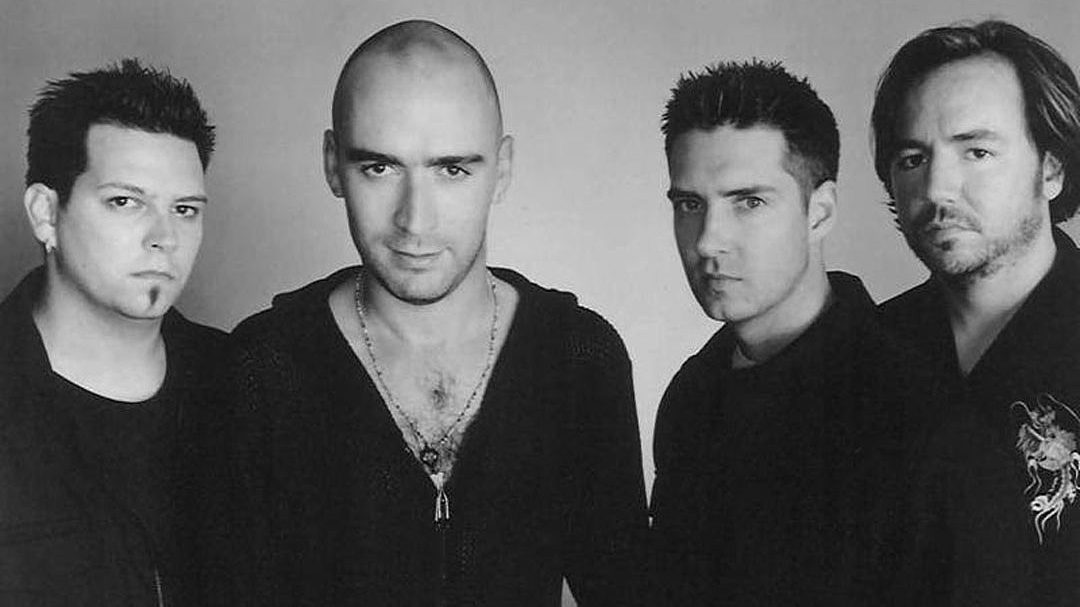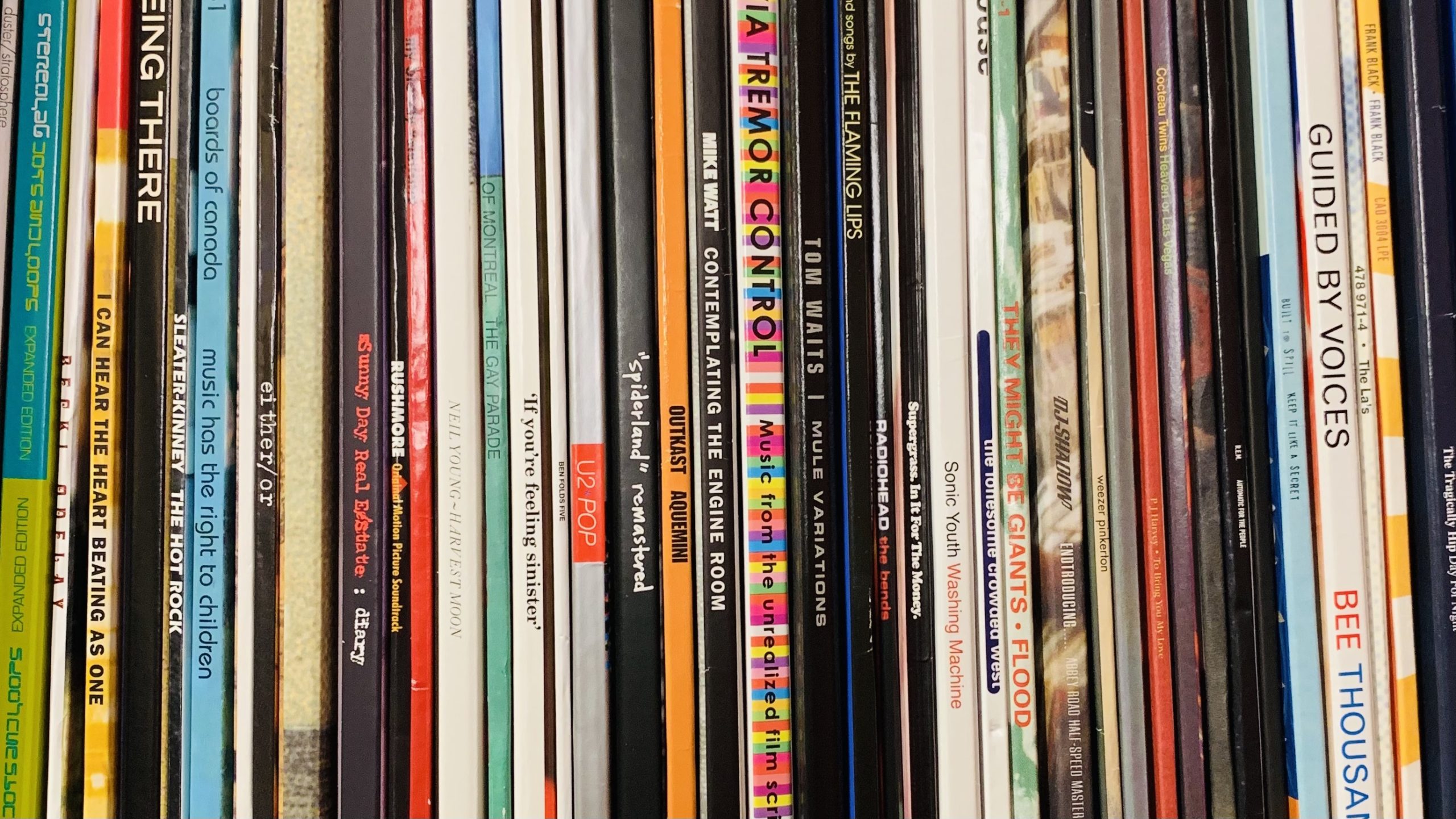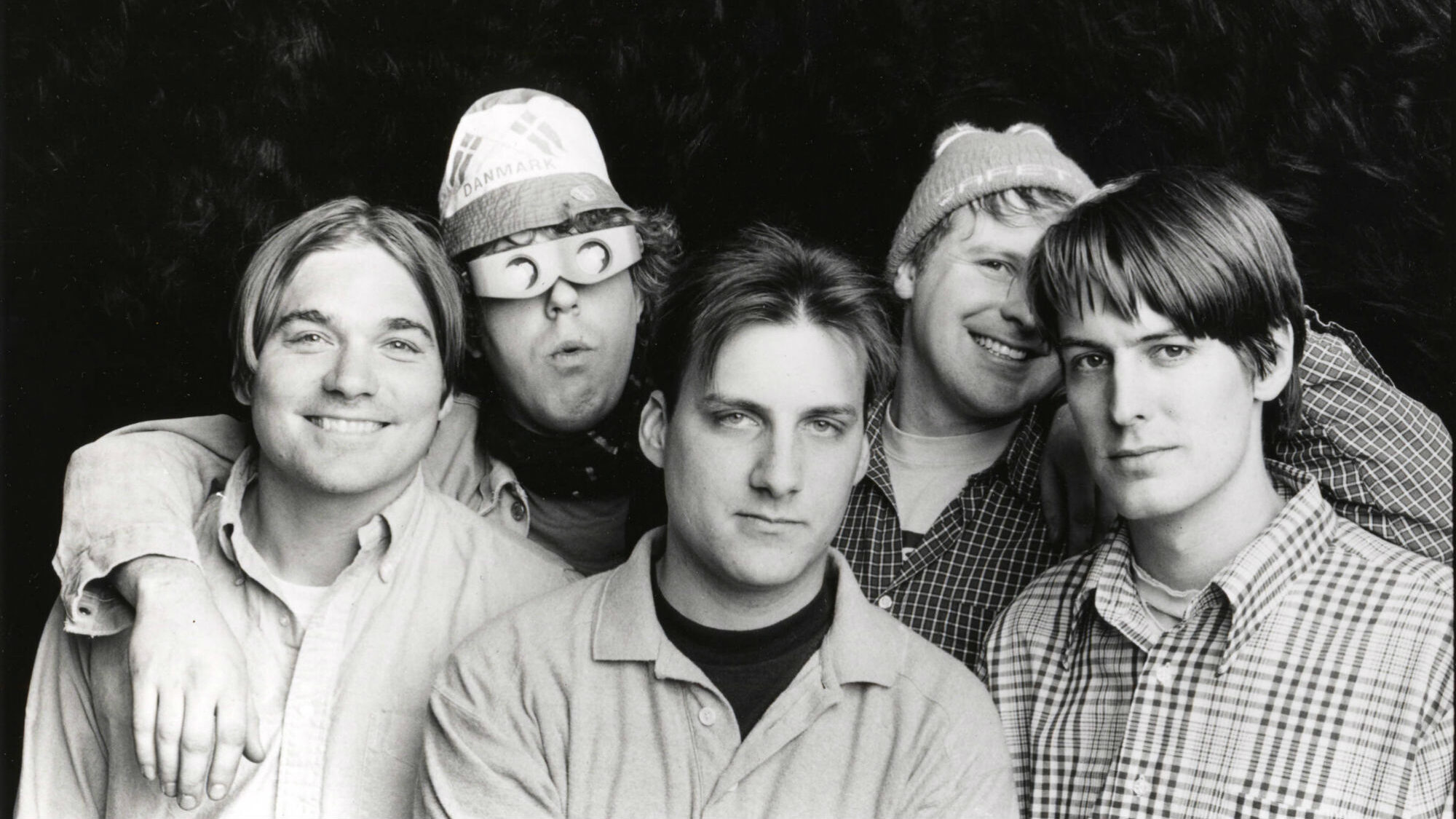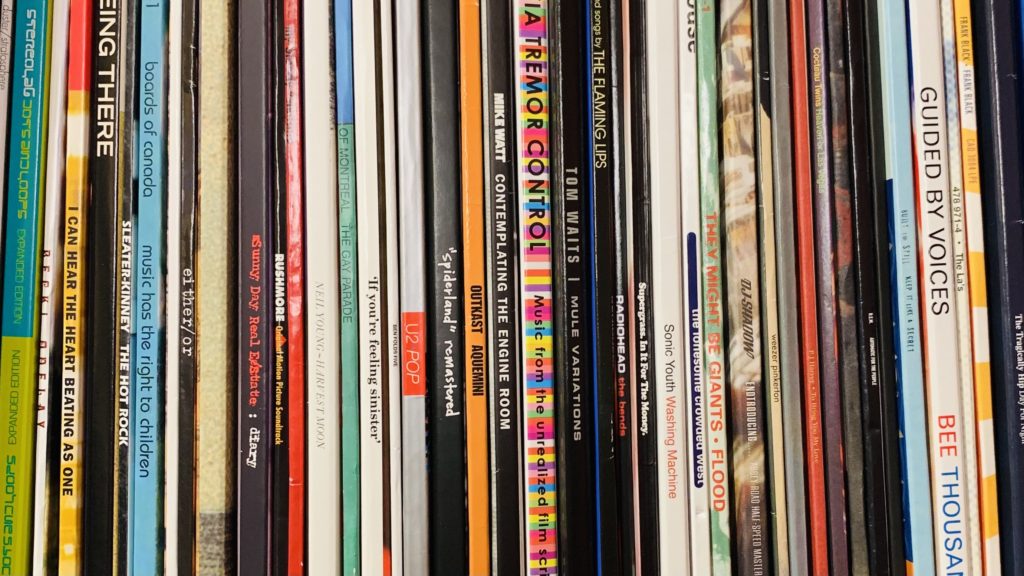
What kind of self-respecting website would Strange Currencies be if we didn’t take an incredibly complex decade of music, and reduce it to a ranked list? The centerpiece of our celebration of the 1990s, this collaborative effort between our staff began as an attempt to create a comprehensive list of the decade’s most essential albums. However, as a long list of contenders was whittled down, the realization set in that even a list of one hundred records was bound to leave off a number of our own personal favorites. The resulting list attempts to reconcile our own idiosyncratic tastes with a nineties “canon” that the music press has worked to solidify, even before the decade had drawn to its Y2K-frenzied conclusion.
For the bulk of our contributors – born between the late-seventies and early-eighties – the nineties are a particularly personal decade, one that ushered us from childhood to adulthood. Though our slight variances in age may mean that our own idealizations of the decade differ – my personal sweet spot lands within the years 1994-1997 – the vast majority of the records on this list are ones that resonate for us as a whole. With that said, this four-part article will be followed up with a postscript that allows our individual contributors to point out what they feel their colleagues got wrong. Consider it our “honorable mentions,” or perhaps more accurately, our “ongoing arguments.” Enjoy. –MR
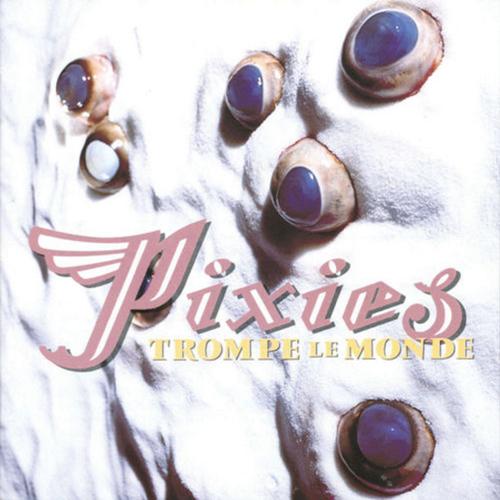
75
I totally disagree with critics or fans who suggest that Pixies trailed off with Bossanova and then produced a lemon to fulfill their contract before breaking up. While this record serves as the swan song for one of the greatest bands of their generation – in fact, Kim Deal was already making music with The Breeders – it is nothing short of genius, and sits proudly alongside the rest of their work.
In fact, Trompe le Monde contains some of Pixies’ finest songs. While the first half is more raucous and angsty, the second side tends to be more melodic and composed. Even though the back half sometimes seems like a collection of unfinished thoughts pieced together – ala Abbey Road – it works together well and showcases the band’s range of talent. If you’ve skipped this one for some reason, or have yet to get it, listen with the volume at ’11’ and I think you may come around. In fact, Pixies may have “fooled the world” with this little gem. –NB
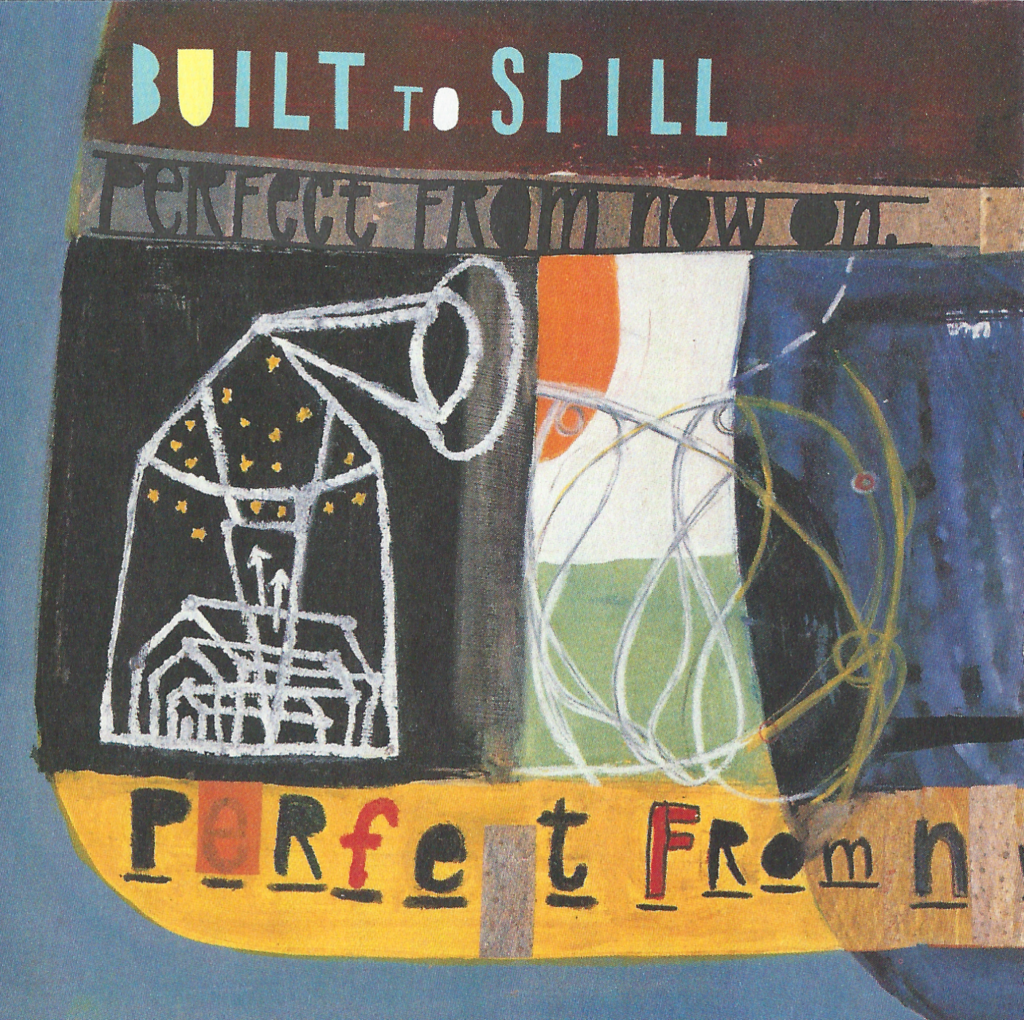
74
Perfect From Now On signaled a significant shift for the indie darlings out of Boise. The solid album that preceded it, There’s Nothing Wrong With Love, contained a variety of cutesy indie-rock, but had nothing on par with the sonic layers of this record. The sound is huge and sprawling. The vision is grand, with eight songs that clock in at nearly an hour. Where the earliest Built to Spill music often felt intentionally messy, this is hyper-focused; each sound feels intimately chosen, immaculately timed, and perfectly balanced. Each song, even when moody, seems anthemic and triumphant. Throughout, Doug Martsch cements his reputation as a seminal figure in guitar-oriented rock. With their first masterpiece, Built to Spill was onto something special that even their mothers could appreciate. –NB
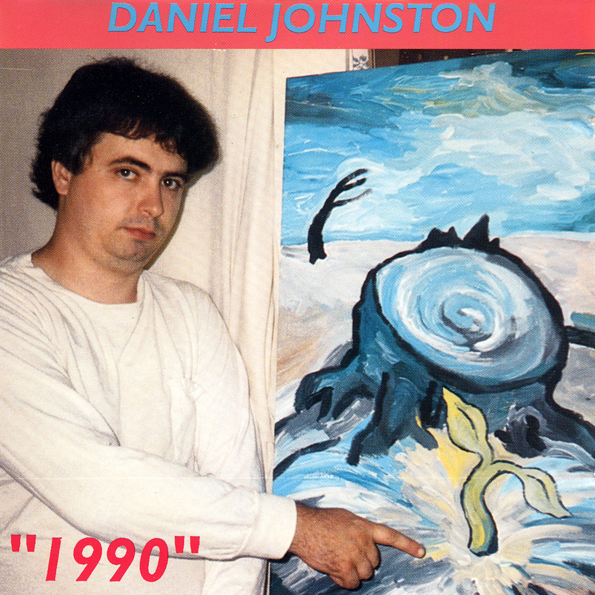
73
1990 is hauntingly beautiful. It’s also frightening. It’s never fun. By the time this album came out, Daniel Johnston had been committed to several psychiatric hospitals at various times, usually following psychotic episodes that could have easily resulted in someone else’s death, if not his own.
1990 is a window into the soul of a guy who was going through a lot. It’s almost entirely humorless, which is unusual for Daniel. His early tapes were often fun and funny. Even the album he released just prior to this one, 1989’s It’s Spooky (with Jad Fair), is packed with humor and gleeful weirdness. This one is a portrait of a man melting down. It’s Daniel at his most earnest and unhinged. Whether he’s singing a hypnotic, mournful love song that goes on forever, or breaking into tears while performing an old church hymn, none of it is done with an ounce of irony or self-awareness.
I’m not sure what’s to blame —raw mental illness, improperly managed medication, or a lifetime of religious scare tactics finally boiling over in Daniel’s head— but there was simply no room for good times on this one. Or maybe legendary producer Kramer left all the good times on the cutting room floor. Either way, the result is gorgeous, grim, and anything but gleeful. –TRN
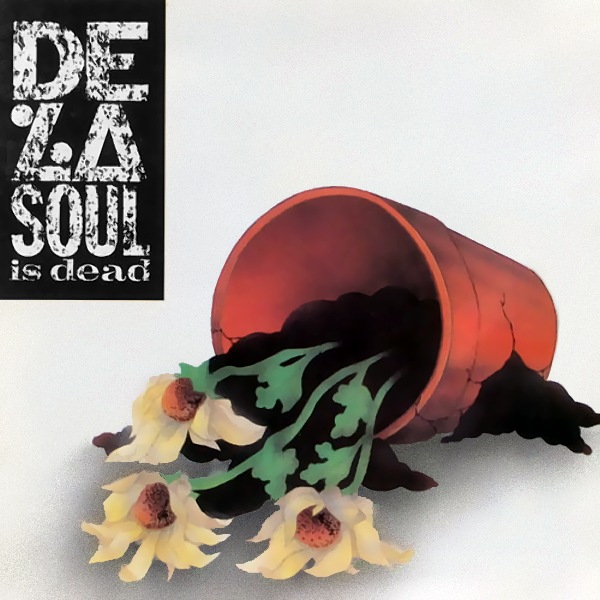
72
“Gangsta” rap was on the rise in the early nineties, and to some ears, that made the “Daisy Age” stylings of De La Soul’s classic debut, 3 Feet High and Rising, sound passé. On the surface, De La Soul Is Dead seems like a bold rejection of 3 Feet, but the albums have far more in common than the shorthand version of the group’s history would have you believe. While intermittently darker and heavier than the debut, Dead still finds their charm and humor shining through on a generally bright and inviting set. After all, could an album with the effervescent joy of a song like “A Roller Skating Jam Named ‘Saturdays'” really be that heavy? –MR

71
David Berman’s songwriting has a lot in common with that of his collaborator Stephen Malkmus. The oblique lyrical tendencies – and the rickety anti-cadences in which those words are delivered – mostly defined the “indie rock” sound of the 1990s (for me, at least).
And yet the Silver Jews were not Pavement. The most iconic Pavement tracks duck and dodge like a welterweight, taunting the listener to fully engage with the song on some deeper level – but still content to keep them at just more than arm’s length. Silver Jews records, on the other hand, waft in on a breeze of implied familiarity. Perhaps this is most visible on American Water, which, in its first two lines, waddles up beside you at the bar, a vaguely familiar stranger with a vaguely familiar tale. By the next line, the conversation has moved on to infrared deer and digital snakes, because of course it did.
The songs on American Water build considerable mystique around these marginalized characters, while maintaining empathy for people who are clearly not winning their versions of the game of life. For that reason, I often take solace in this record when I feel like I’m not exactly winning at life either. –JL
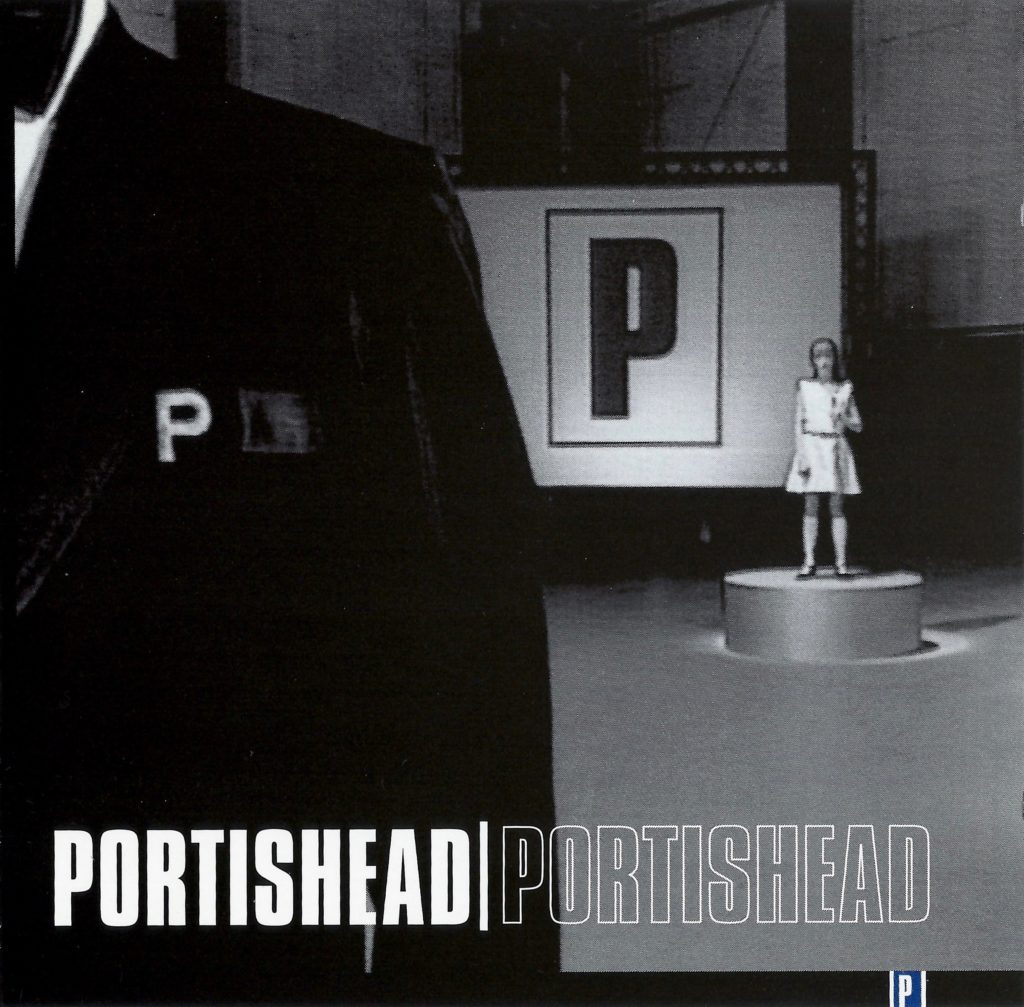
70
It’d be cheap and lazy to sum up Portishead’s eponymous sophomore release as simply “more chilled out spooky tunes,” though I will admit I was tempted to break out the metronome and measure the average beats-per-minutes on this album that I would most definitely include on my “Halloween vibes” playlist. But this record —and this band — is more than trippy 90s cool-kid creepy mixtape fodder. Loaded with intricate layers of oscillating, wobbling and theremin-like synths to go with Beth Gibbons’ hauntingly quirky vocals, this dark wave trip-hop turntablism helped define Portishead’s style as more than a pleasant oddity. From top to bottom, the trio delivers consistent hooks in minor keys without a dull moment. While most fans will happily cite Dummy or even Third as Portishead’s best, I’m content in admiring their flawless catalog and calling this second album simply another jewel that is just my speed. –GK
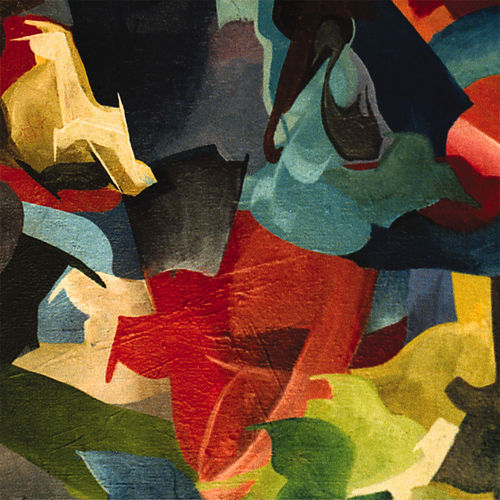
69
The golden age of the Elephant 6 Recording Company came to a close with the release of the second – and to date, final – album from the collective’s flagship project, The Olivia Tremor Control. 1996’s untouchable Dusk at Cubist Castle had helped to put the Athens, Georgia misfits on the map, but the dense Black Foliage was nearly as good. Instead of confining the most experimental material to a single LP side – as had been the case with Dusk‘s “Green Typewriters” suite – Black Foliage intersperses its avant garde-isms among the “proper” songs. While it may take more time to unearth the gems, they’re there, and in near equal number to the Olivias’ previous masterwork. –MR
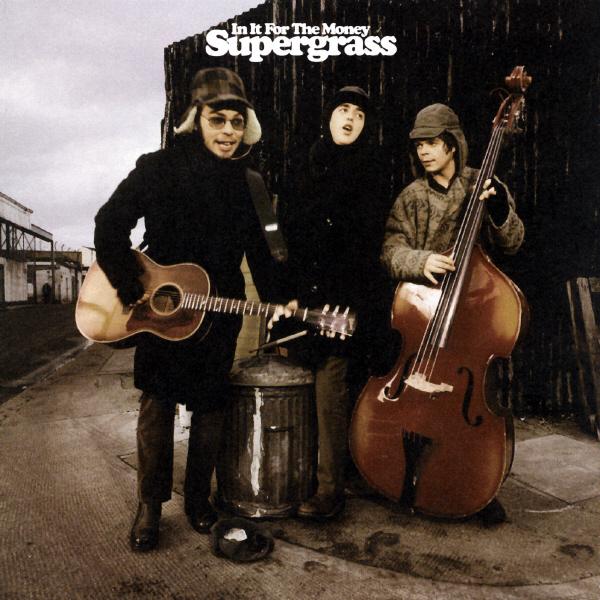
68
Every decade has its own British Invasion – a period during which seemingly anyone with three chords and a cockney accent can score a record deal. Behind the main front, led by Radiohead and Blur, behind Oasis and The Verve comes a tremendous racket – everyone’s second favorite band: Supergrass. For as hard as Blur tried to capture the voice of joyous teenage angst, Supergrass succeeds – effortlessly. The band’s second full-length emerged in an already-packed year, and has spent two decades under the radar as a result, only really now reemerging as the masterpiece that some of us always knew it to be. If you are lucky enough to find an original copy of In it for the Money, look for the special acoustic bonus CD that came with it. The two discs combine to form a near perfect hour-and-a-half of musical monkey business, and maybe the best thing you’ve never heard. –GB
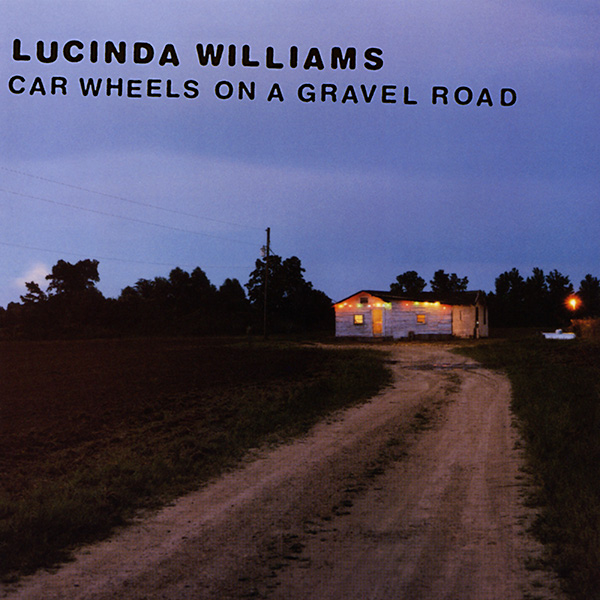
67
There is this aesthetic in rock and roll that the spontaneous, rough, first take is usually the best. This album is the counter-argument. It was recorded almost entirely, then shelved, and re-recorded, mixed, overdubbed, and remixed. Just as Lucinda Williams is known to craft her songs slowly and carefully, this album is evidence that working the recording until you get it absolutely perfect can still produce an album of earthy, loose-sounding, gut-wrenching songs. She was always a master songwriter, each piece somehow managing to be both plain-spoken and beautifully evocative. She manages to be strong, but also wispy and vulnerable. She is both the shoulder to cry on and the woman dumping her lover’s possessions out into the street. The rootsy arrangements of this record capture and compliment these paradoxes in a timeless way. –MM
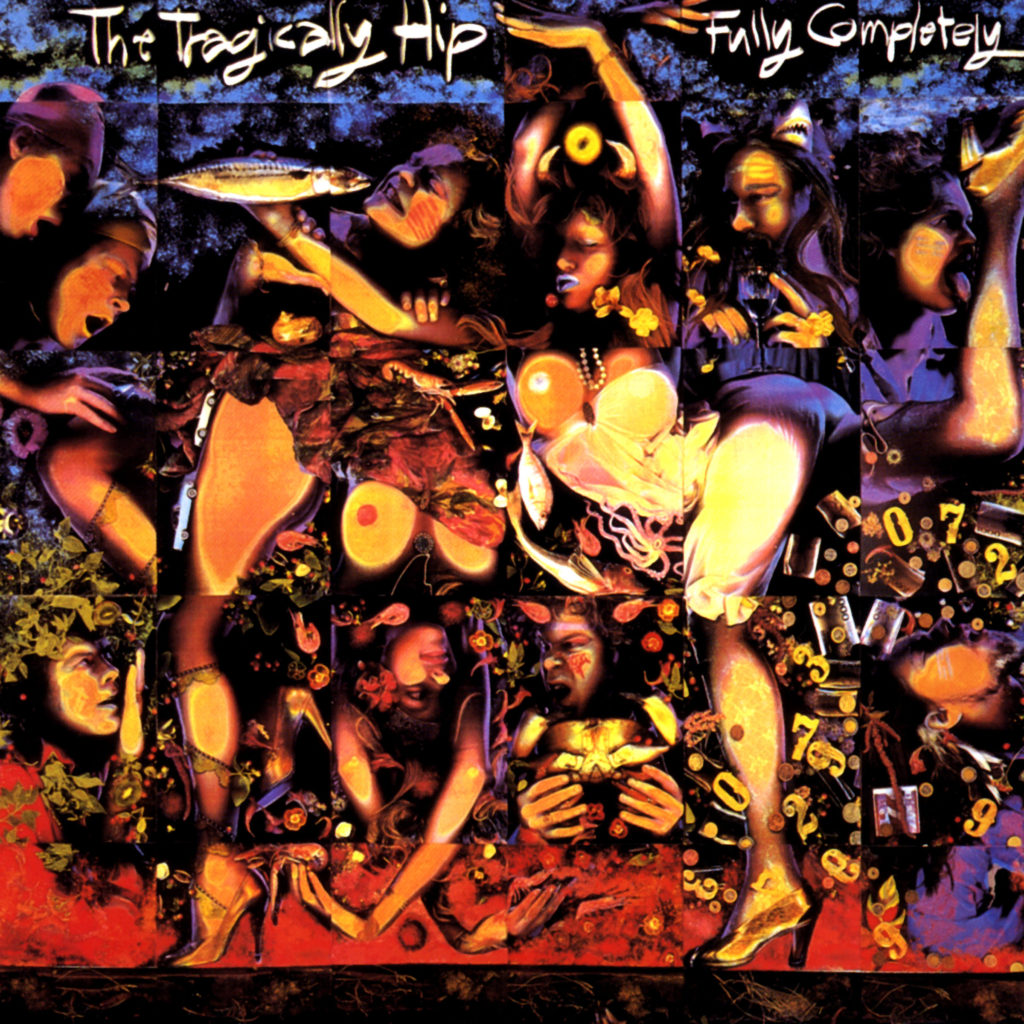
66
How do you start an argument in an Ontario bar? Claim that Day for Night is better than Fully Completely. Regardless of which side of the loonie you come down on, we can at least agree that the one-two punch of The Tragically Hip’s third and fourth records form a solid case for Gordon Downie’s eventual canonization. I personally prefer Day for Night’s darkness to Fully Completely’s open road optimism and sense of place, but damn if it’s not a close call every time I hear the opening chords of “Courage.” –GB
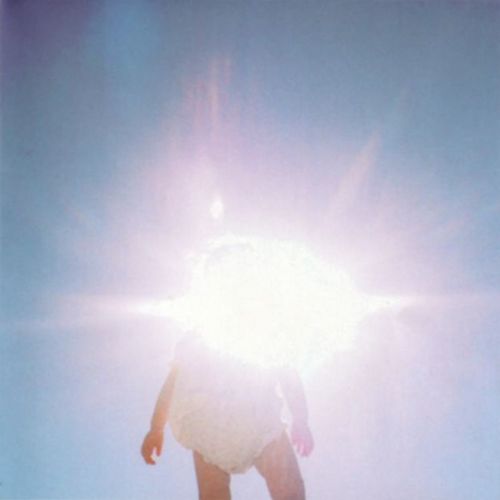
65
Released in the final few weeks of the nineties, the signature album from Osaka’s Boredoms seemed to suggest exciting new musical possibilities for the new millennium. Hyper-rhythmic, compositionally complex, and positively beaming with melodic warmth, Vision Creation Newsun harnessed the group’s experimental origins with just enough conventional flourishes to appeal to open-minded listeners. It remains a beguiling work over two decades on, but rather than being prophetic, Vision Creation Newsun instead sounds singular. –MR
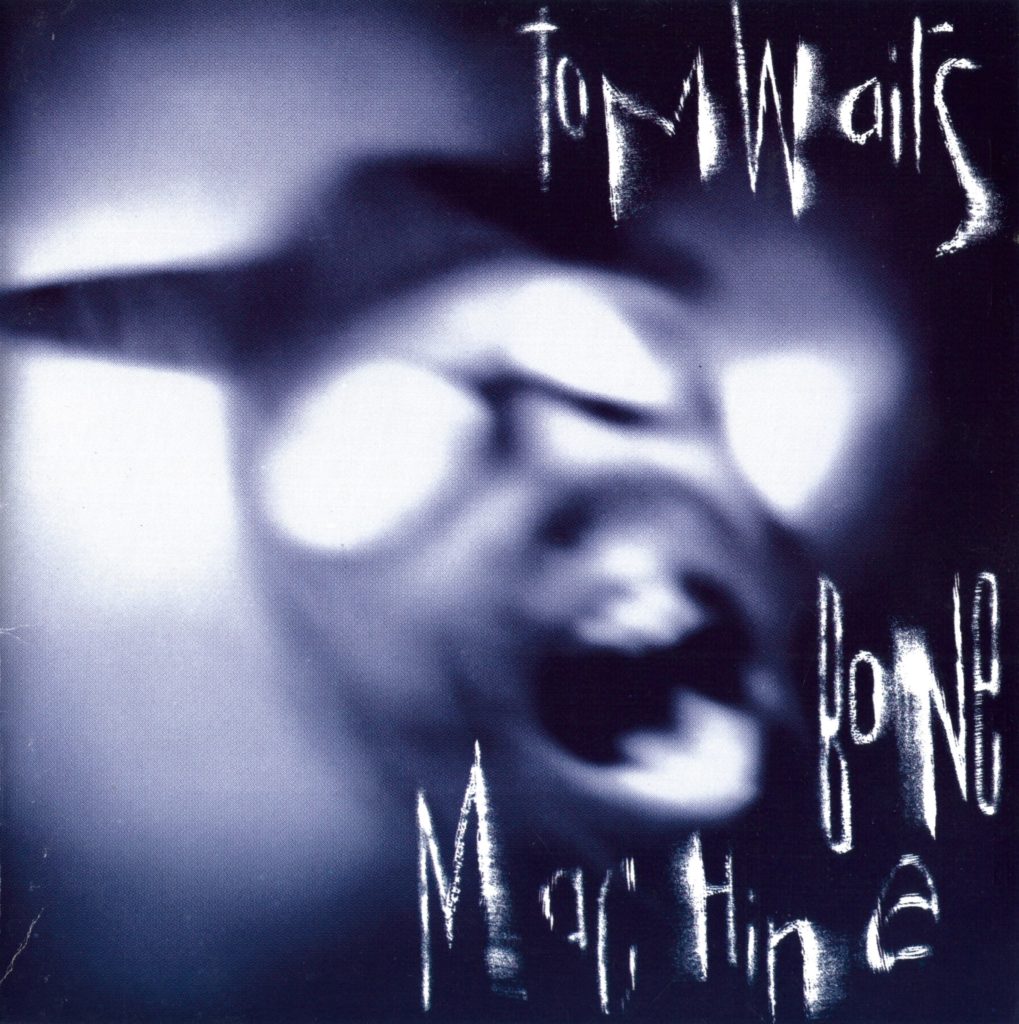
64
Following his brilliant reinvention of the mid-eighties, Tom Waits took his longest break yet between albums. Five years after 1987’s Franks Wild Years, he resurfaced with Bone Machine. While Waits maintained roughly the same ratio of barker:balladeer in his persona, the man behind Bone Machine had clearly seen some shit. Opening with the apocalyptic strains of “Earth Died Screaming,” the album was a tour de force of nightmarish imagery, but its cast of hardened miscreants had a softer side as well – one emphasized by the humanity that has always stood at the heart of Waits’ craft. –MR
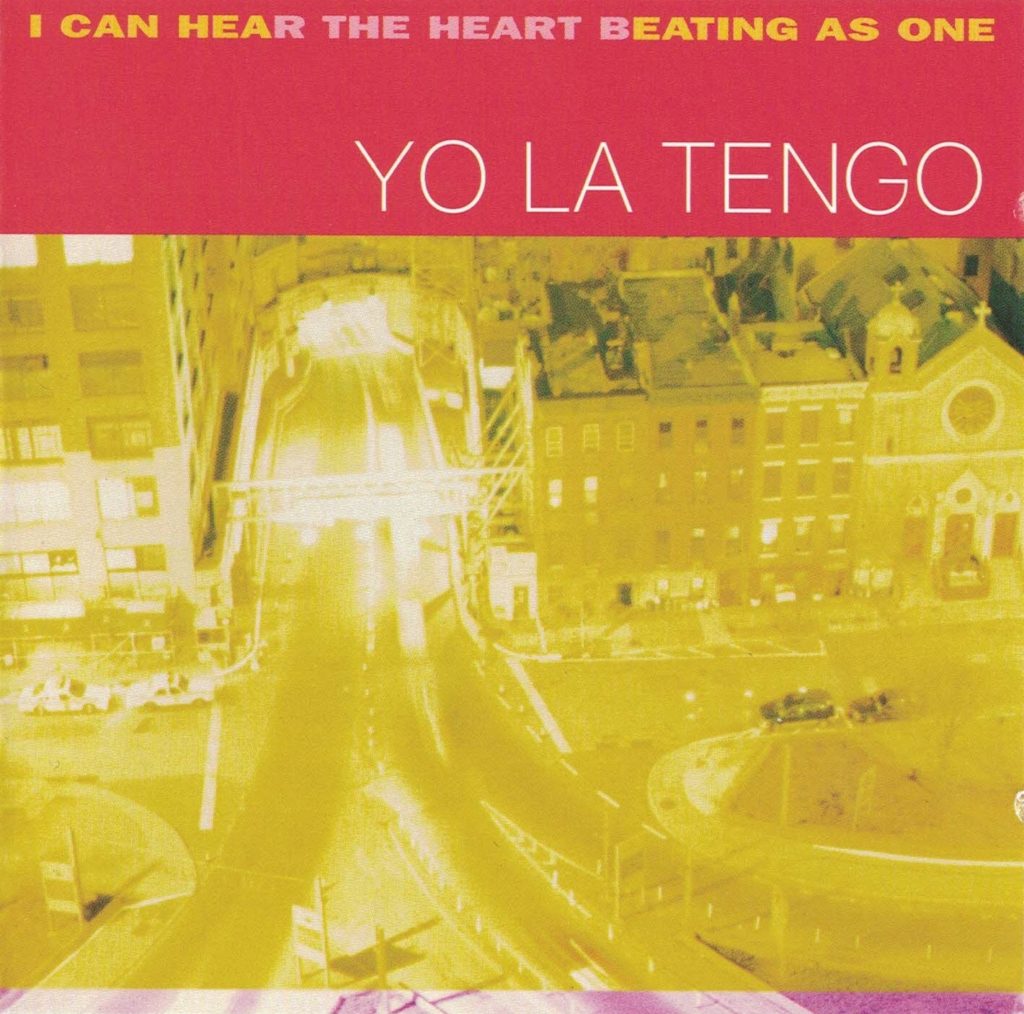
63
For me, there’s something warm and familiar about Yo La Tengo records, even on the first listen. I fell in love with the group the minute I heard them. As many have written before, maybe it’s the palpable love between Georgia Hubley and Ira Kaplan, the creative duo at the center of the band. Love feels good and so does this music.
The most highly regarded record from the group, I Can Hear the Heart Beating as One contains some of their best songs and falls right in the middle of a fantastic string of albums. Beginning with 1993’s Painful, Yo La Tengo’s records got longer and more ambitious. They also got more eclectic – even within songs, like the second track here, “Moby Octopad.” More than once on I Can Hear the Heart, the band references the swirling beauty of Painful, but this album is without doubt a superior collection of songs.
But the hits are here also! Anyone calling themselves an indie rock fan in the ‘90s surely thought highly of “Sugarcube,” “Stockholm Syndrome,” and “Autumn Sweater.” And, while those songs are definite classics in an era of great music, the rest of the album compliments them so well. Besides, who else in the indie rock scene of the era could cover The Beach Boys with such flair? –NB
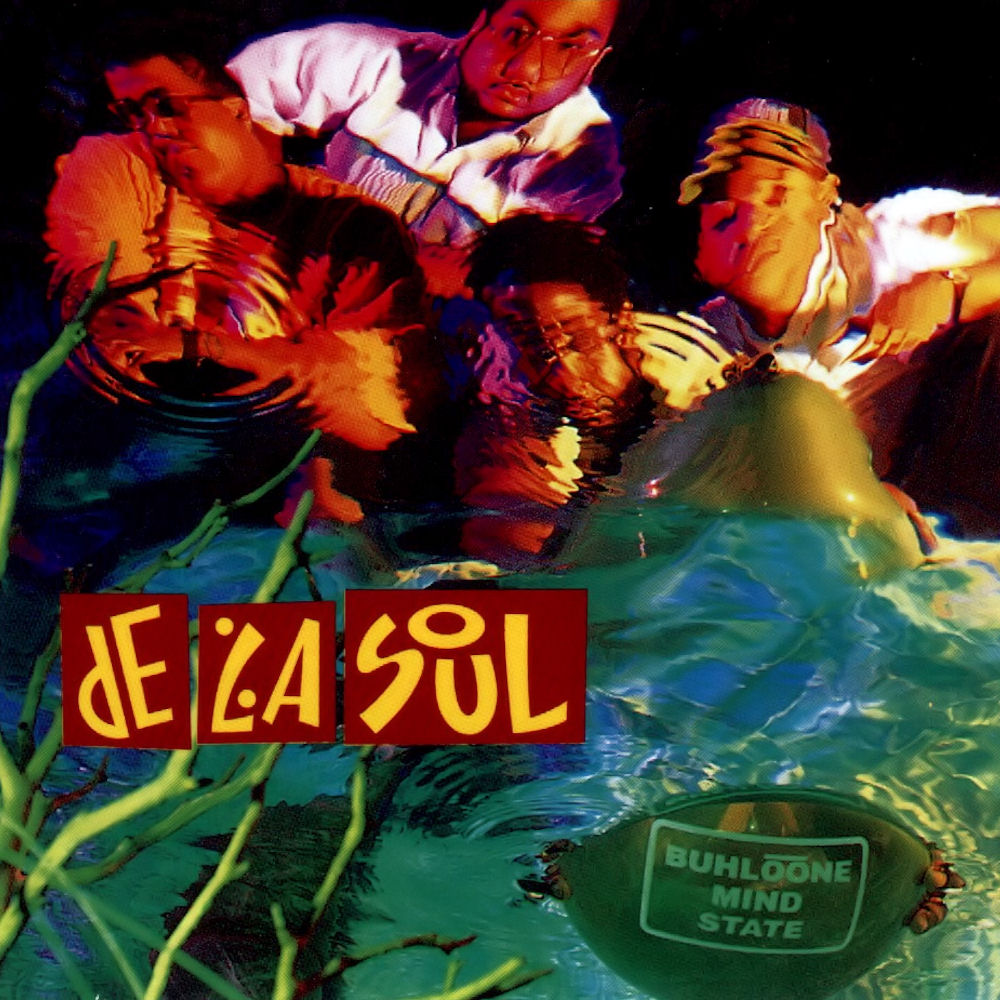
62
Arguably De La Soul’s most revered album, Buhloone Mindstate finds the legendary group striking a balance between the carefree psychedelia of their landmark debut, 3 Feet High and Rising, and their harder-edged sophomore effort, De La Soul Is Dead. Initially a bigger hit with critics than it was with the record-buying public – and frustratingly held off of streaming services for far too long – Buhloone Mindstate has seen its reputation grow significantly in recent years. From the outset of their career, the New York trio sought to redefine the vocabulary of hip-hop. With Buhloone, De La Soul turned in a tour de force that solidified their reputation as one of the genre’s most boldly creative and truly singular acts. –MR
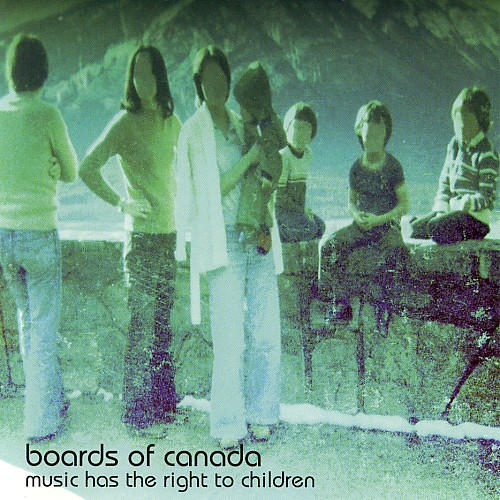
61
Electronic music had a long pedigree by the late nineties, but few electronic artists had ever managed to create a sound as warm and inviting as that of Boards of Canada. Music Has the Right to Children was the Edinburgh duo’s proper debut, and its summery, psychedelic sound helped to forge a new vocabulary for electronic music at a time in which listeners on both sides of the Atlantic were becoming increasingly fascinated by its possibilities. Time would confirm its reputation as an extraordinarily influential record that – like precious few electronic milestones – has transcended its era, and settled into the realm of timeless classics. –MR
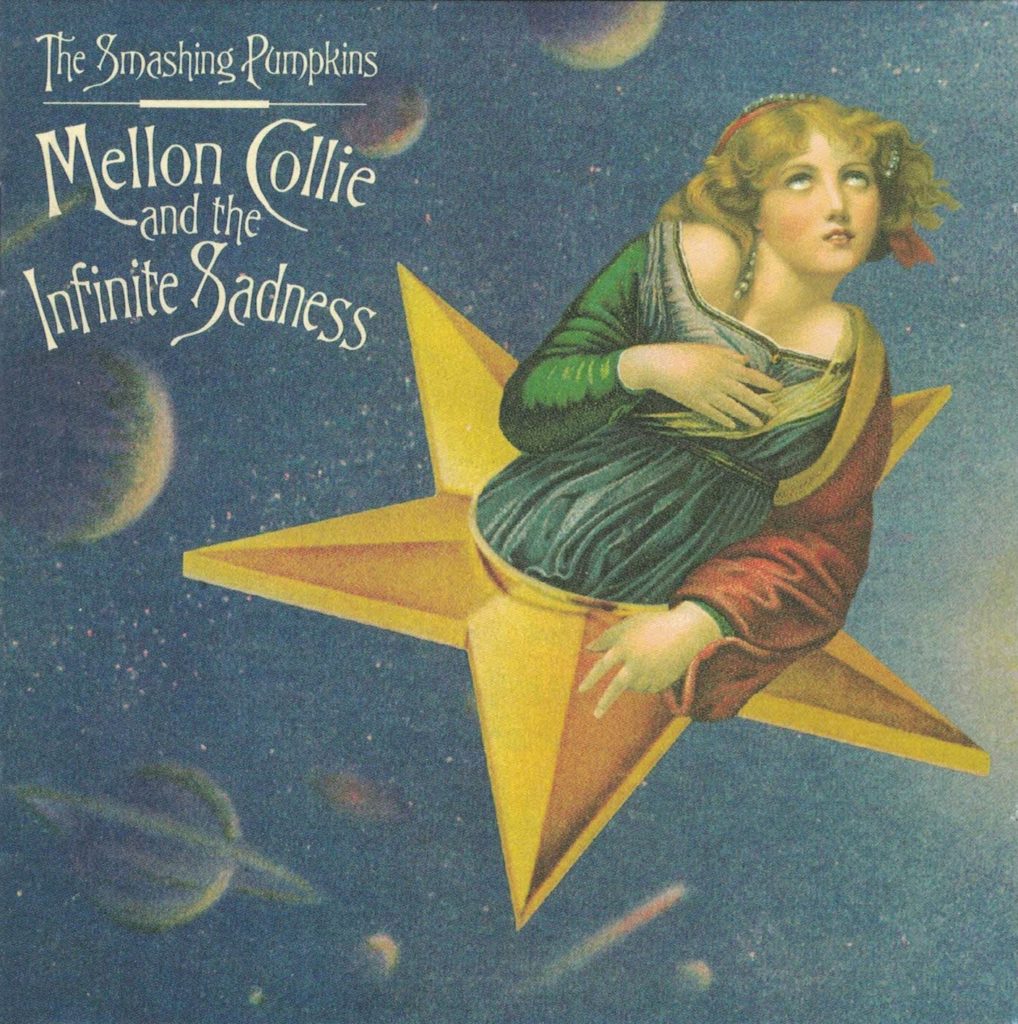
60
Released near the midpoint of the decade, The Smashing Pumpkins’ third album would become one of the defining documents of the alternative era. A double album that took full advantage of the extended run-time provided by the compact disc – say nothing of its singles box set companion, The Aeroplane Flies High – Mellon Collie and the Infinite Sadness was deliberately designed to be the band’s, and singer-songwriter Billy Corgan’s, magnum opus.
While it often shows the weight of its imposing length, Mellon Collie is surprisingly free of outright filler. Not all of its experiments are equally successful, and it does feel particularly dominated by its several hit singles, but the album is more “sprawling” than “meandering.” That epic nature made Mellon Collie a particularly fascinating listen, one that could – when caught in the right light – provide a practically transportive experience, at least for a then-sixteen-year-old. –MR
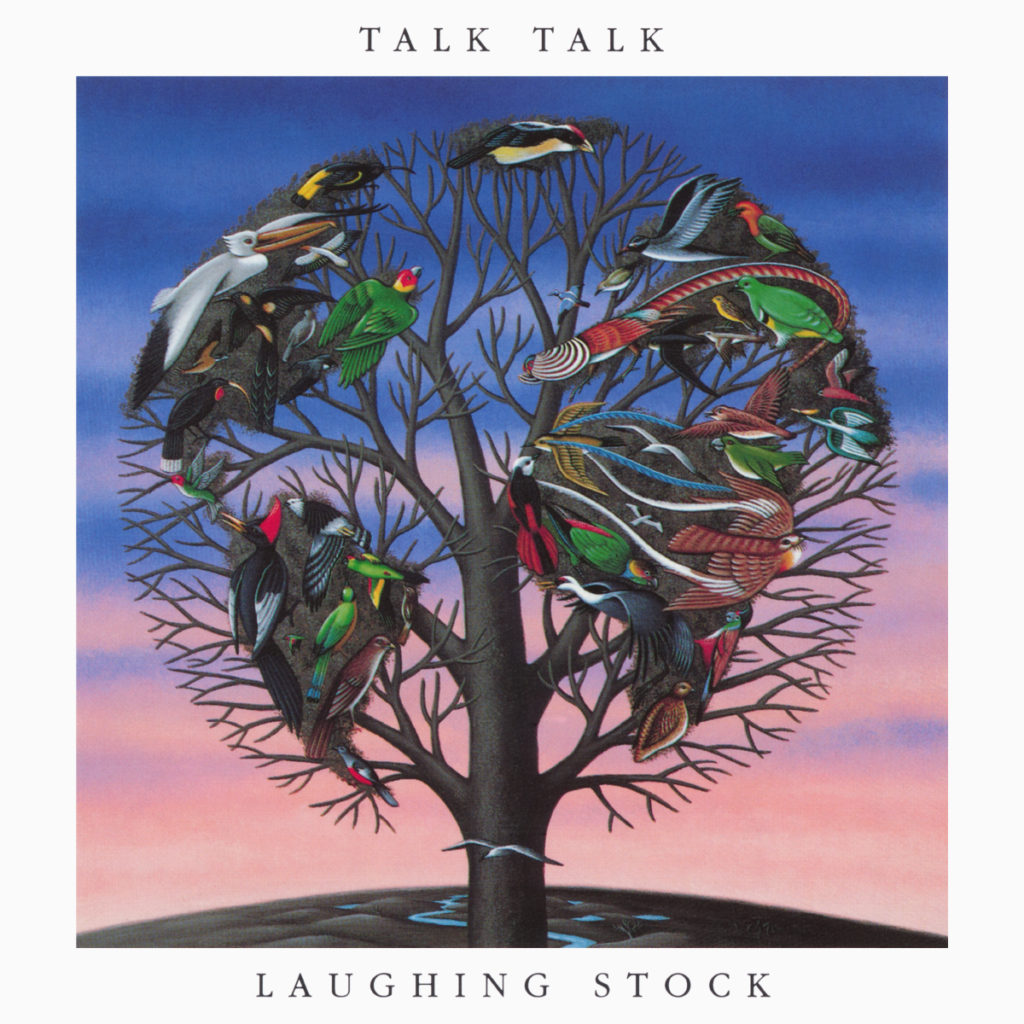
59
1988’s Spirit of Eden found the former art-pop band Talk Talk delving into atmospheric territory on a series of lengthy, impressionistic tracks that would help to lay the groundwork for post-rock. Its follow-up, Laughing Stock, was an even more ethereal collection – minimalist, but deceptively lush at the same time. It was well-received by most critics, but listeners understandably had a hard time finding a reference point for its sparse, jazz-inspired soundscapes. It wasn’t until subsequent bands started adopting Laughing Stock‘s approach that the album came to be seen as the classic that it is now rightfully considered. Few great albums demand more patience, but even fewer so thoroughly reward it. –MR
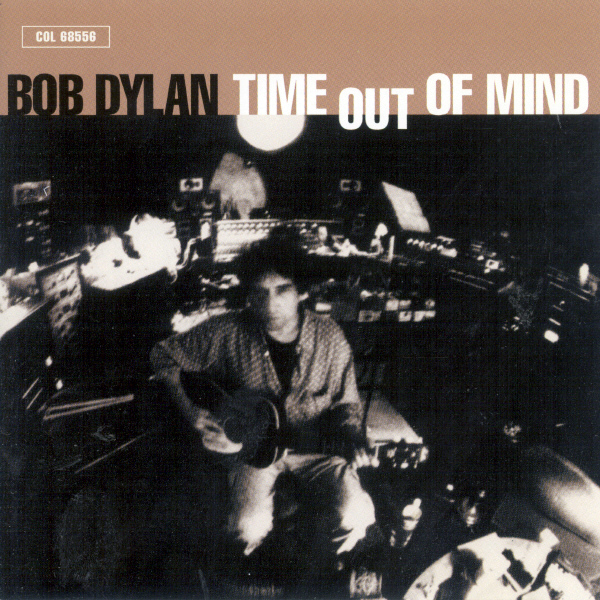
58
How stacked was 1997? Of all the incredible music released that year the record with the longest shadow may be Time Out of Mind. I know that is a tall statement. OK Computer came out that year, as did any number of far reaching, world changing releases. I make the statement because Time Out of Mind was the first time Bob Dylan entered my consciousness. That initial (soy) bomb of an introduction to Dylan expanded my horizon further than anything before or after, and I don’t see how anything ever will be able to again. Time Out of Mind was the fuse and without it, who knows where I would have landed.
The near-perfectness of the record stems from the diversity of its creator. Without all those exploratory Dylan periods – like the really weird stuff from The Rolling Thunder Revue to Street Legal – we don’t get the captivating oddness and introspection of “Love Sick” or “Can’t Wait,” or the electric swing of “Dirt Road Blues,” or the balladry of “Make You Feel My Love.” All of which belies the epic wonderfulness of “Highlands” (Neil!!). It’s one of those records that will take you four or five times to really enjoy it, but man, when it clicks, it will never not click for you again. –GB
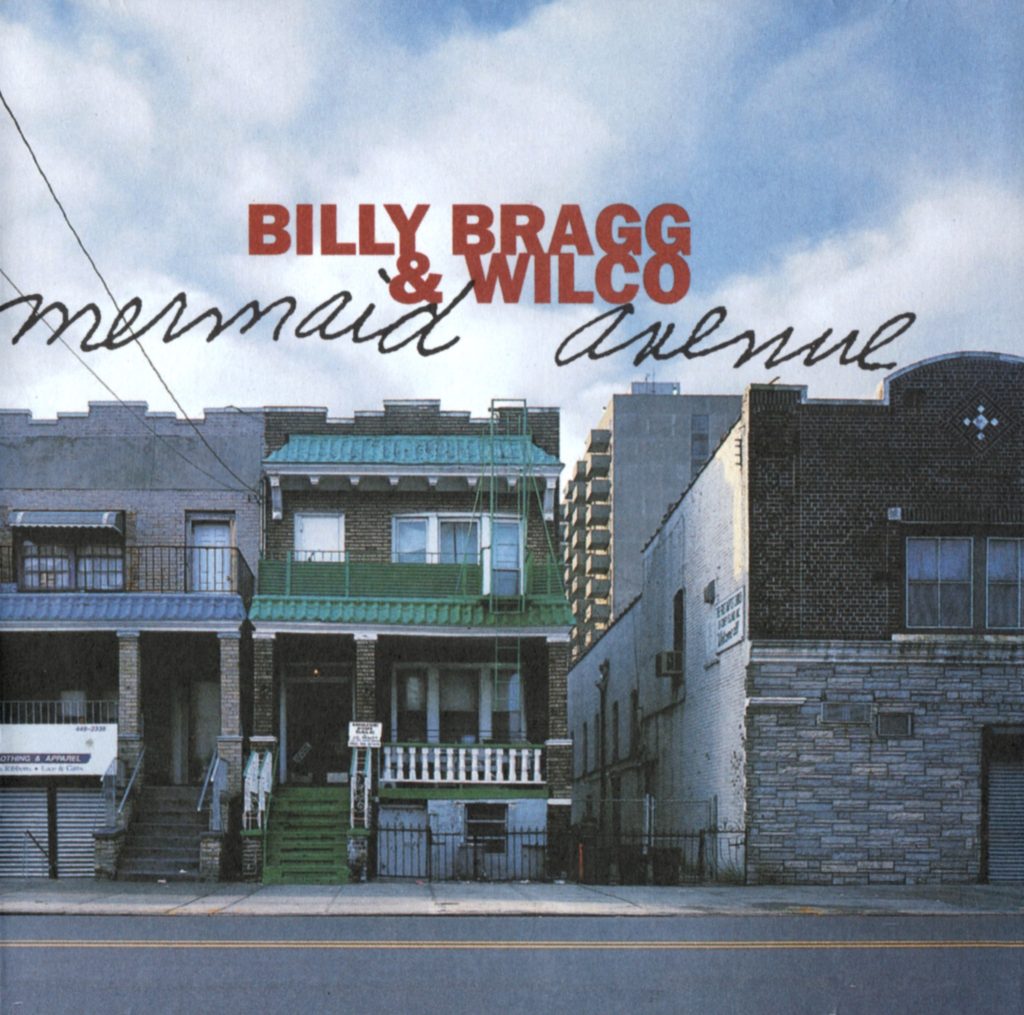
57
Finding profit in the unreleased treasures of long-departed legendary artists is something of an American tradition. Usually this comes in the form of long box sets of studio outtakes, or remastering onto ‘platinum-iridium’ discs, or some bullshit. The Mermaid Avenue set is not that. Rather, it presents itself as a true collaboration between two contemporary artists and the old muleskinner himself, Woody Guthrie. Guthrie’s daughter contacted British folk-master Billy Bragg and relative-newcomers Wilco to ‘collaborate’ with her father to write music to some of the several thousand songs he’d either written lyrics to, or otherwise had concepts for.
The resultant album is good enough to warrant two (!!!) sequels, and serves as good an introduction to Woody as any contemporary collection you will find. The Bragg portions remain fairly close to Guthrie’s spirit, had he had access to the modern world, as evidenced by “Way Over Yonder in the Minor Key” and “Ingrid Bergman.” The Wilco portions tend to drift into, well… Wilco songs – but that’s never been and never will be a bad thing, as “California Stars” rivals anything on Being There or Yankee Hotel Foxtrot. It’s a rare album that is easy to drop in on, but also strong and unique enough to launch a thousand dorm room troubadours on their inevitable Guthrie phases. –GB
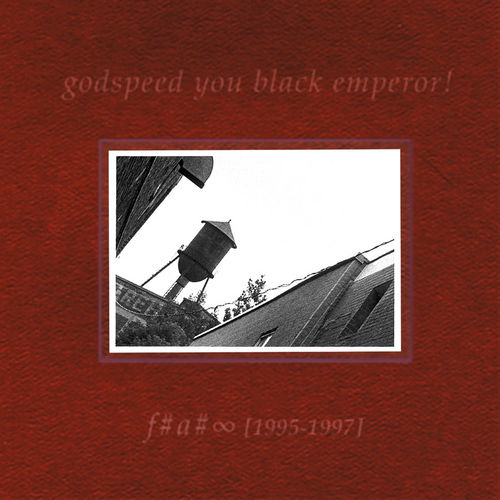
56
Montréal emerged as one of the most intriguing hotspots of musical activity in the mid-nineties, in large part due to the city’s burgeoning “post-rock” movement. At the center of the scene stood Godspeed You Black Emperor, a collective that listed ten members among the permanent cast on its enthralling debut album, 1997’s F♯A♯∞. Though precedent for the group’s sound could be found in a number of experimentally-minded acts, Godspeed’s combination of ambient, classical, metal, and spoken word helped to establish an almost wholly new sound for the late millennium. The foreboding, apocalyptic sounds of Godspeed would prove to be extraordinarily influential in the years to come, but despite its legions of imitators, few would match the raw, terrifying power of F♯A♯∞. –MR
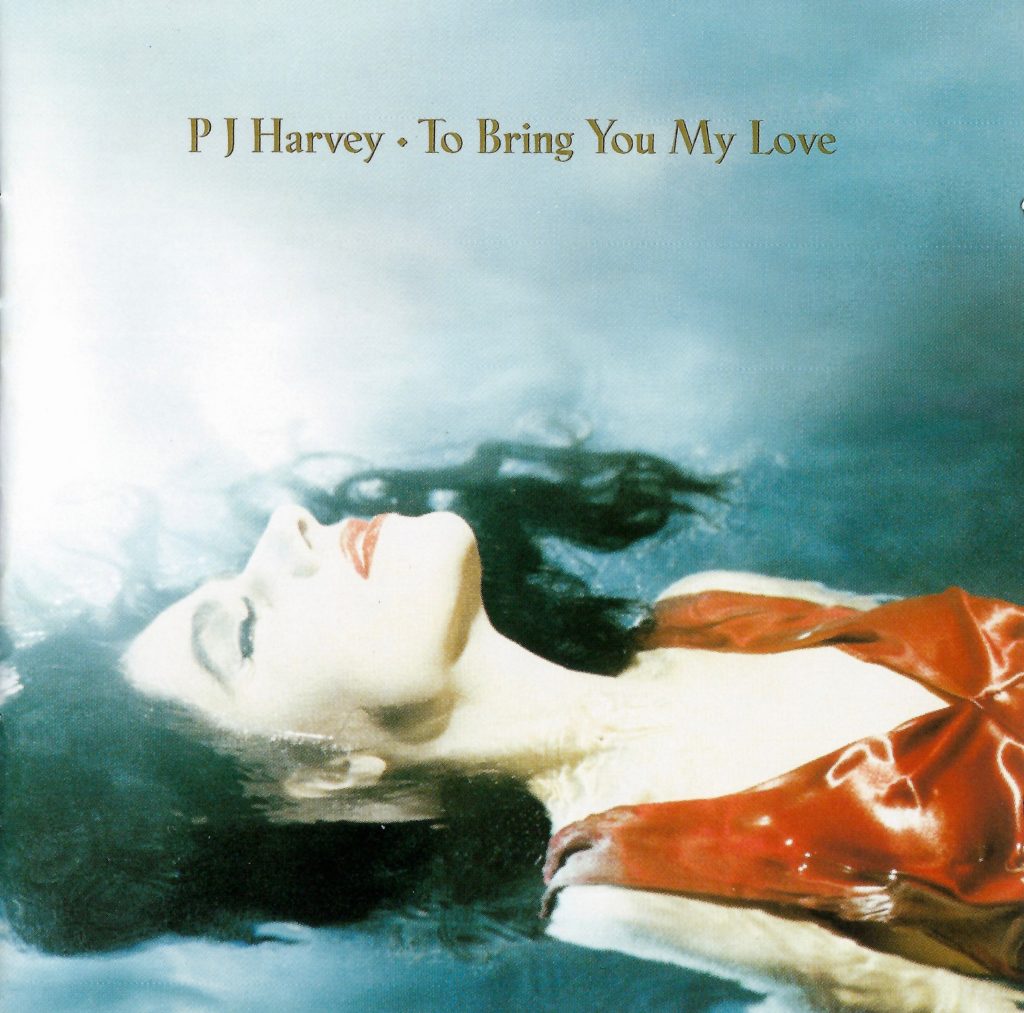
55
The one-two punch of Dry (1992) and Rid of Me (1993) made PJ Harvey one of the most buzzed-about new artists of the early nineties. Harvey’s third proper album, To Bring You My Love, found her working with a wider sonic palette, while still remaining loyal to the intense, blues-inspired style that had ushered her to stardom. Crucially, To Bring You My Love was Harvey’s first collaborative effort with John Parish – whose instrumental and production contributions would play a role in pushing her to explore new musical territory – but as had been the case before, it was her songwriting that truly led Harvey to stand out from the crowd. One could argue that she did better work on either side of it, but To Bring You My Love represents a critical turning point in Harvey’s celebrated career. –MR
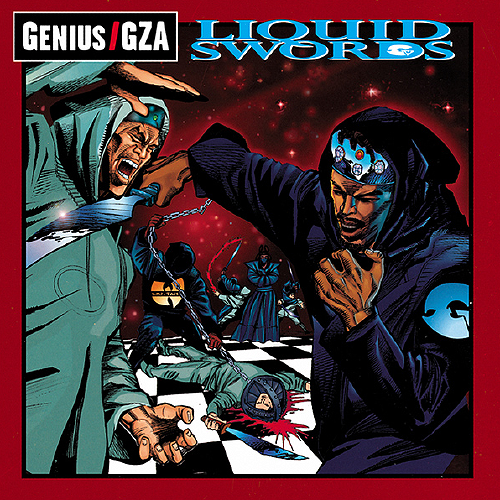
54
1993’s Enter the Wu-Tang left a seismic impact on the East Coast hip-hop scene, and almost immediately, a deluge of solo releases from the group’s nine members followed – each solidifying Wu-Tang Clan’s incalculable influence. The second album from GZA – his first after Wu Tang’s breakthrough – would race to the forefront in a strong field of contenders that also included Raekwon’s Only Built 4 Cuban Linx and Ghostface Killah’s Ironman. Featuring the unmistakeable production work of RZA, and guest spots from the rest of the Wu-Tang Clan, Liquid Swords is a masterpiece of dark, gritty atmosphere, one that – in the extended Wu-Tang universe – is bested only by the collective’s unimpeachable debut. –MR
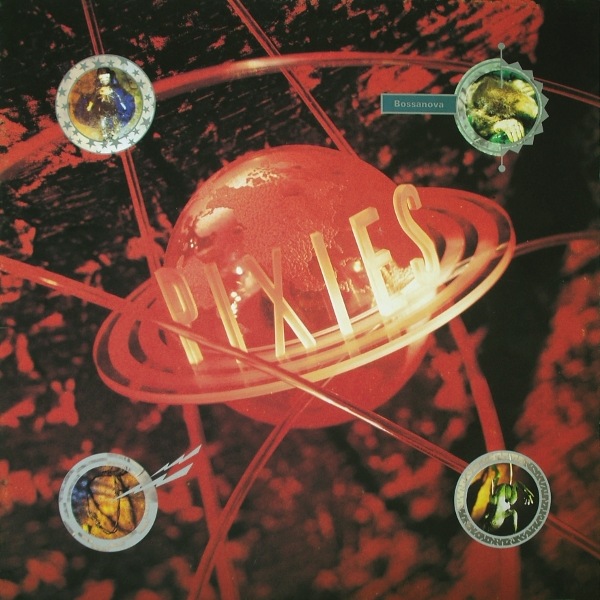
53
Of the albums released during the Pixies’ original 20th century run, it took me the longest to get around to Bossanova. Owing to Juli Page and Nu Trax (and an assist from The Jesus and Mary Chain) my “official” entry point to the Pixies had been Trompe le Monde; then, as a teenage initiate, all roads seemed to lead to Doolittle and Surfer Rosa. At that point, with three discs down and two to go, I had a decision to make, and it came down to a choice between the CD with “I’ve Been Tired” on it, vs. the one that did not. “I’ve Been Tired” is pretty much a perfect rock song as far as I’m concerned, which means very little mental energy was spent on that next move.
I’m not saying it was the wrong move. At all. But I am saying that if I had invested more mental energy in the choice, I might have embraced Bossanova first and been equally rewarded. Bossanova is great, and there’s something unfortunate about being a “merely” great album that gets less acclaim only because it followed a run of phenomenal albums. I’d like to see its status raised to the level of those preceding records, because everything that makes the other albums so good is present on Bossanova in more concentrated form. The band on this record is a highly distilled version of the band from Doolittle and Surfer Rosa, making Bossanova an ideal introduction to the Pixies, even if nobody ever seems to have started there. –JL
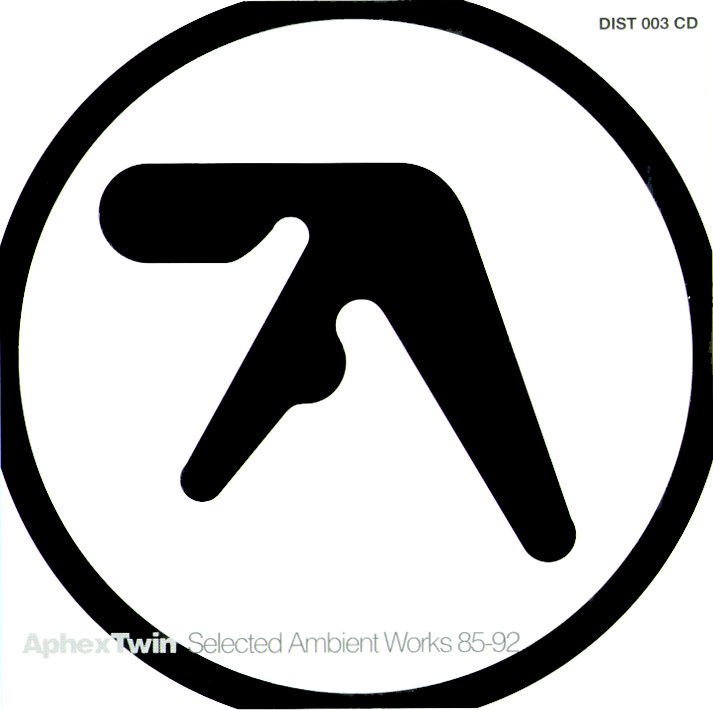
52
In terms of the 1990s, there may be more influential albums on this list – emphasis on may – but one would be hard pressed to find more than a few releases from the decade whose impact have lingered longer than that of Richard D. James’ debut as Aphex Twin. That such reverberations would echo from an album that trades so heavily in minimalism seems oddly fitting. Selected Ambient Works practically revels in repetition, but the hypnotic effect that it created would almost-singlehandedly redefine the parameters of modern electronic music. If you’re making a list of the influential electronic albums, start with your Kraftwerk record of choice, and slot this one in at #2. –MR
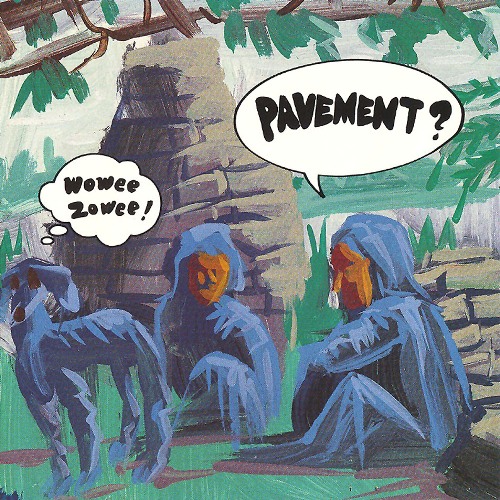
51
Sorry, “Summer Babe” stans. Apologies to “Range Life” lovers. I don’t care where Wowee Zowee ranks on this list; it’s the best Pavement album. It’s got a chill vibe and kinda sounds like Malkmus was sitting in a comfortable chair for the entire writing and recording process, and it contains a decent handful of real masterpieces. “Grounded,” “Motion Suggests Itself,” “Father to a Sister of Thought,” “AT&T,” and “Fight This Generation” are all untouchable. And all the other songs are either good or fun. Hell, “Best Friend’s Arm” starts fun and then turns into a mini-masterpiece about ¾ of the way in. No reason to skip a single song on this one, not even the ones written by Spiral Stairs. Perfect record. I will not be taking questions at this time. Good day. –TRN


